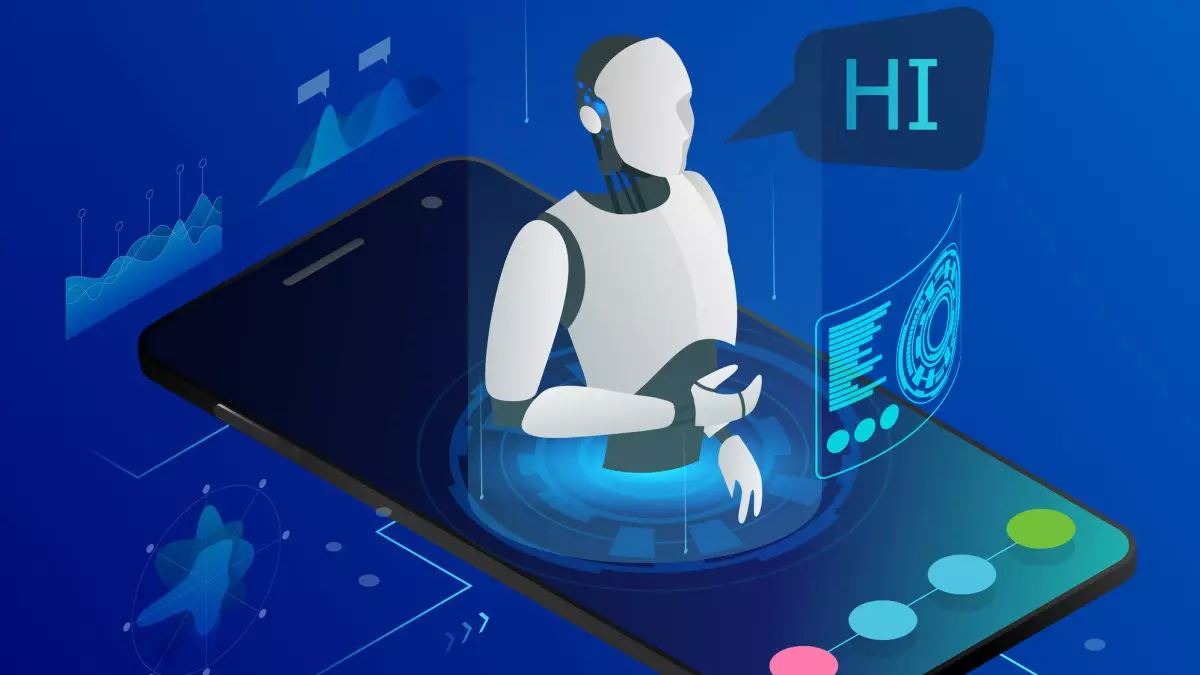In an era where technological advancements are occurring at an unprecedented pace, Apple’s venture into robotics deserves a closer evaluation. Renowned analyst Ming-Chi Kuo recently revealed that Apple is investigating both humanoid and non-humanoid robotic designs, although still very much in the infancy of this complex technological arena. Kuo points to a research paper that Apple published, focusing on user interaction with “non-anthropomorphic” robots, including an intriguing case study of a Pixar-style lamp. This initiative illustrates Apple’s experimentation in understanding how users might relate to robotic systems, signaling potential future applications in consumer robotics. Despite the excitement surrounding such developments, the reality is that Apple has a long journey ahead filled with challenges and uncertainties.
The Research Landscape: Initial Stages and Company Dynamics
Apple’s robotics exploration is characterized by a cautious and calculated strategy. Kuo describes the company’s current focus as “early proof-of-concept,” reminiscent of the early days of the Apple Car project, which ultimately stalled. This careful approach is essential in a field where the marketplace is saturated with failures, including numerous attempts at producing reliable home robots. Complicating matters is Apple’s drawn-out development cycle; Kuo forecasts a 2028 launch for mass production of any consumer robot, reflecting a sector that demands not just innovation but also consumer endorsement and robust designs. Unlike past ventures that have remained under wraps, Apple’s transparency signals a tentative willingness to engage the public and the engineering talent necessary to accelerate progress.
A significant focus of Apple’s research lies in “non-anthropomorphic” designs, which diverges from traditional human-like robots. It indicates a strategic decision to explore designs that do not mimic humans in their entirety but possess human-like traits in functionality or interaction. By doing this, Apple can leverage technology in a way that enhances user experience rather than relying solely on aesthetics. As Kuo notes, the company is less concerned with the physical appearance of a robot and more invested in the human experience it fosters. This insight points to a broader industry trend where user perception shapes technological design and functionality.
Potential Applications and Smart Home Ecosystems
The prospective range of Apple’s robotic endeavors is expansive, with possibilities from fully realized humanoids designed for household tasks to simpler mechanical systems designed as parts of smart home ecosystems. Kuo posits that Apple’s work could lead to innovations that blur the lines between conventional household devices and intelligent automation. A mechanical arm paired with a smart home display could revolutionize home management, yet it is clear that Apple is currently prioritizing feasibility over ambition. The company’s decision to ease into the market with non-humanoid designs seems pragmatic, allowing them to gauge consumer interest in basic automation before tackling more complex robotics.
Market Challenges and Competitive Dynamics
The robotics field is rife with challenges, most notably related to market acceptance and the intricacies of producing reliable, cost-effective units. As various companies such as 1X and Figure endeavor to introduce humanoid robots into the home environment, Apple has to weigh market readiness and pricing viability carefully. Currently, consumers are reluctant to invest in pricey robotics, as evidenced by the lukewarm reception of the Vision Pro AR headset priced at $3,499. This creates a significant barrier for Apple and others contemplating home automation options. Past failures in home robotics leave a scarred landscape, making it imperative for Apple to proceed with caution.
Apple’s methodical mindset reflects a deeper understanding of the robotics market landscape. The company has historically excelled in redefining existing technology categories, but the home robotics sector presents unique hurdles, including consumer expectations and technological feasibility. While it remains to be seen how Apple will navigate these challenges, the company’s commitment to research and transparency suggests a determination to innovate slowly but surely.
The prospect of Apple entering the robotics field sparks a mix of excitement and skepticism. As Kuo predicts, the coming years will likely be filled with discussions and speculation about the company’s intentions and capabilities. Nevertheless, it is evident that Apple is cognizant of the complexities involved in creating robotic systems that engage seamlessly with users. While present challenges pose significant hurdles, Apple’s dedicated exploration into robotics could lay the groundwork for a new era of home automation that shifts not just the way we interact with technology, but the very fabric of daily life.

